Metal is metal, so it shouldnt matter, right?
The quality of the materials and construction of your firearm is of the utmost importance.
So, lets dive into this subject here and see if we can make some sense of it all.
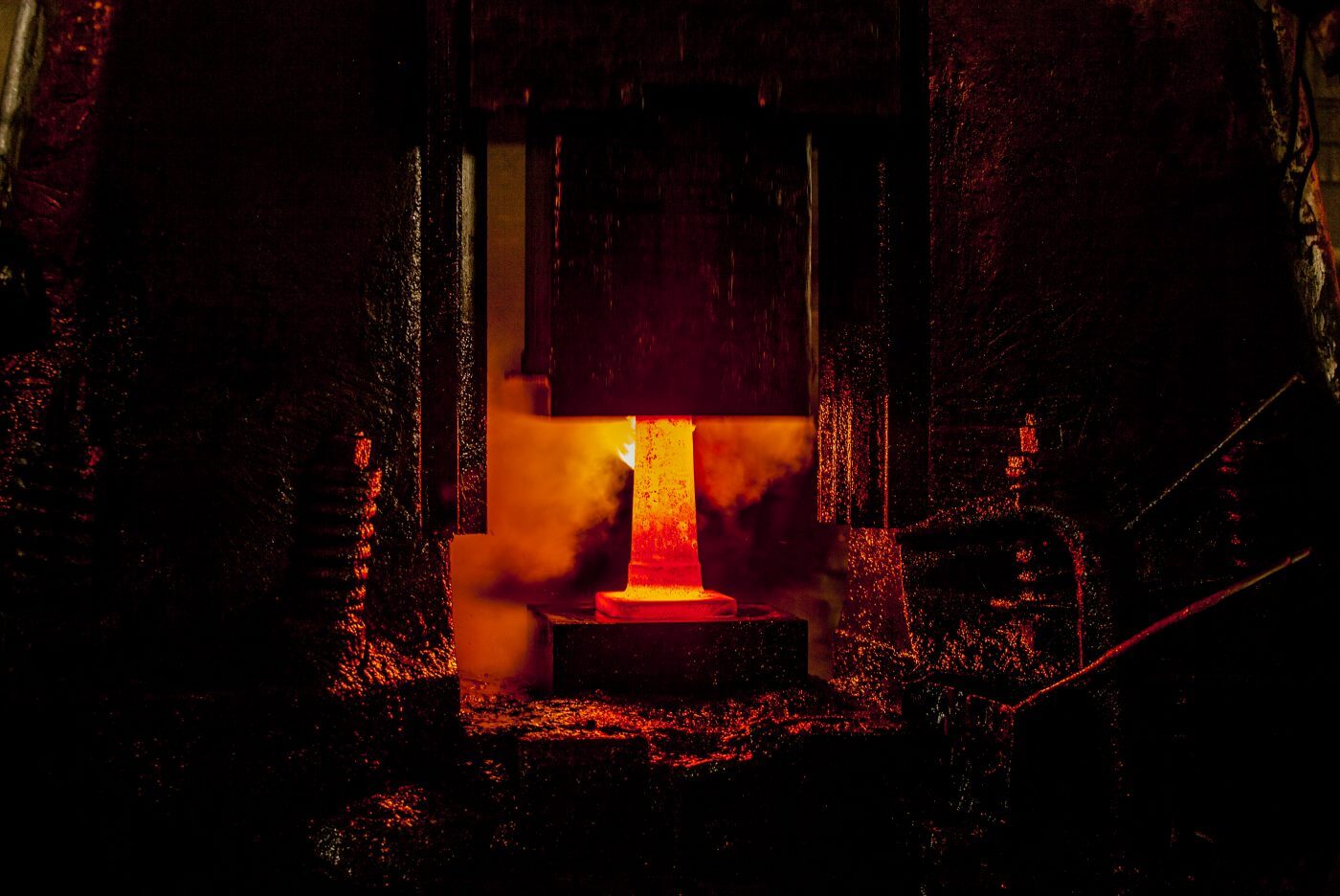
When it comes to strength in a steel part, it’s hard to top forging like the drop hammer forging process shown here. Image: Shutterstock/Prabhjit S. Kalsi
Iron is a most remarkable material.
With an atomic number of 26 and an atomic weight of 55.845, iron is extraordinarily versatile stuff.
That stuff can be used to do some of the most wonderful things.
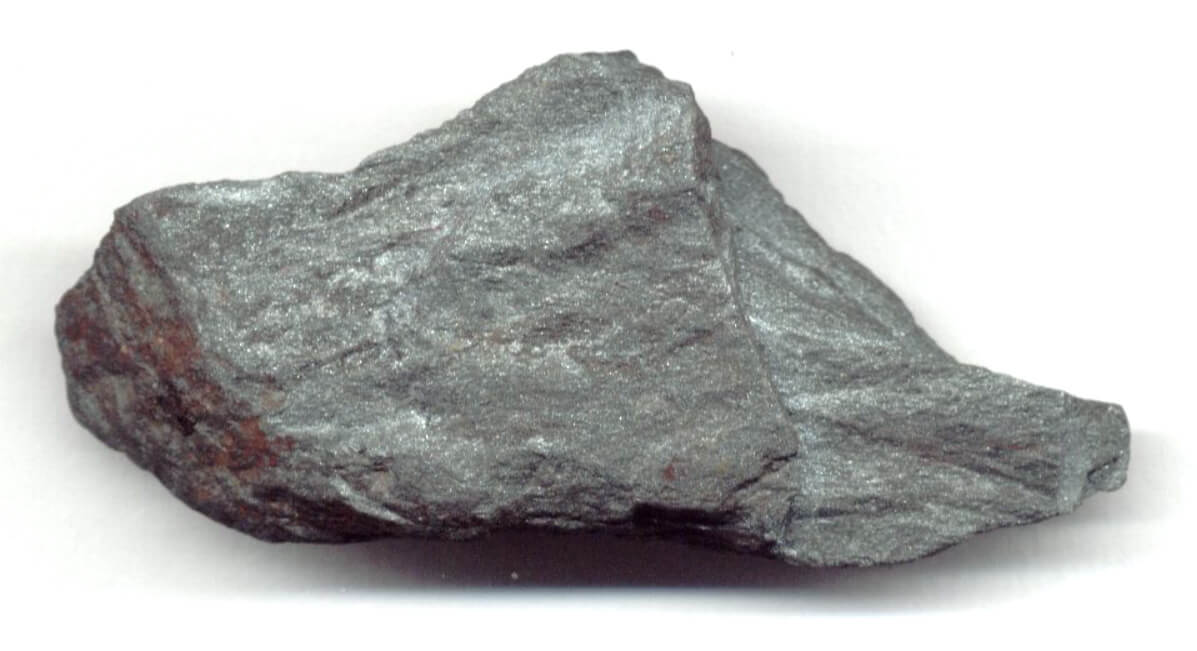
Iron in the form of various ores is one of the most common elements in the earth’s crust. This hematite mined in Brazil is a typical example. Image: Eurico Zimbres.
Not least among them is making gun parts.
What Is Steel Casting?
You may have heard of cast versus forged steel, but wondered what the difference was.
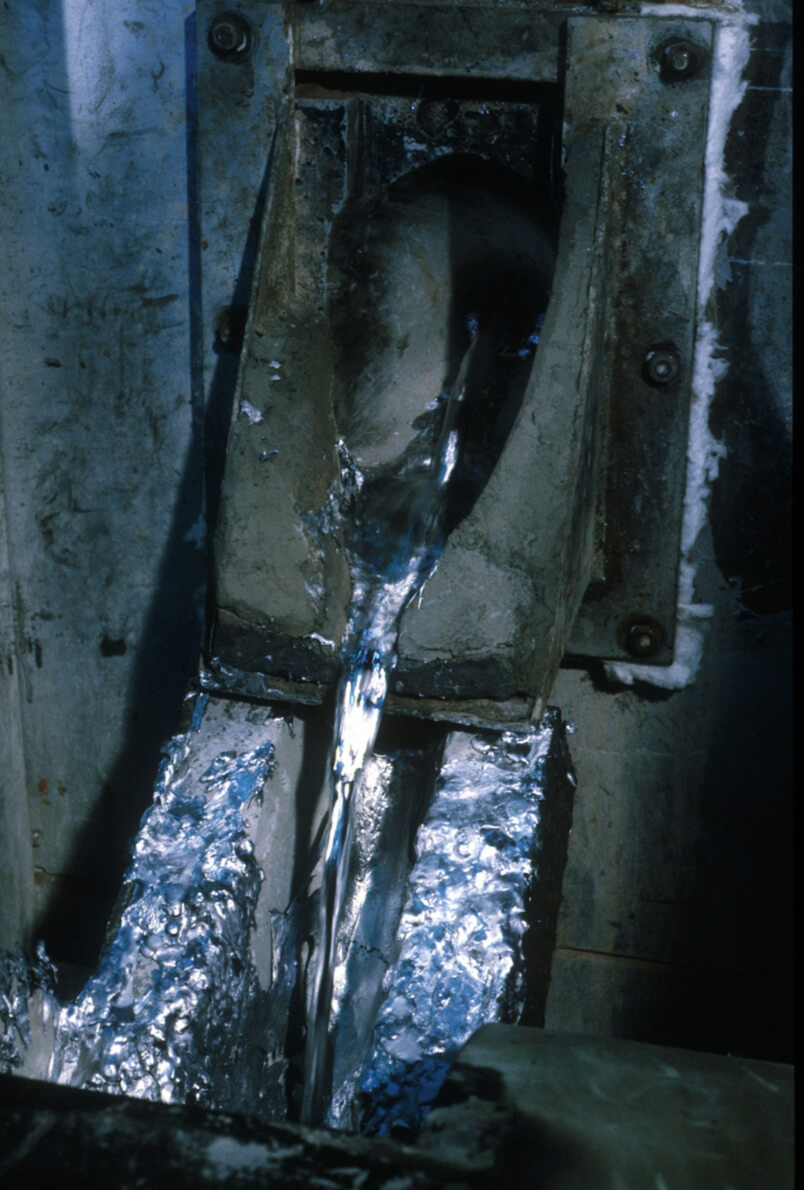
Steel casting involves pouring molten steel into a mold. This technique can minimize finish machining requirements but results in a part that might not be as durable as a comparable forged component. Image: CSIRO
Steel is not the amorphous homogenous stuff it feels like on the outside.
Steel actually has a complicated internal microcrystalline structure that has been exhaustively studied.
This microstructure determines such characteristics as strength, ductility and wear resistance.
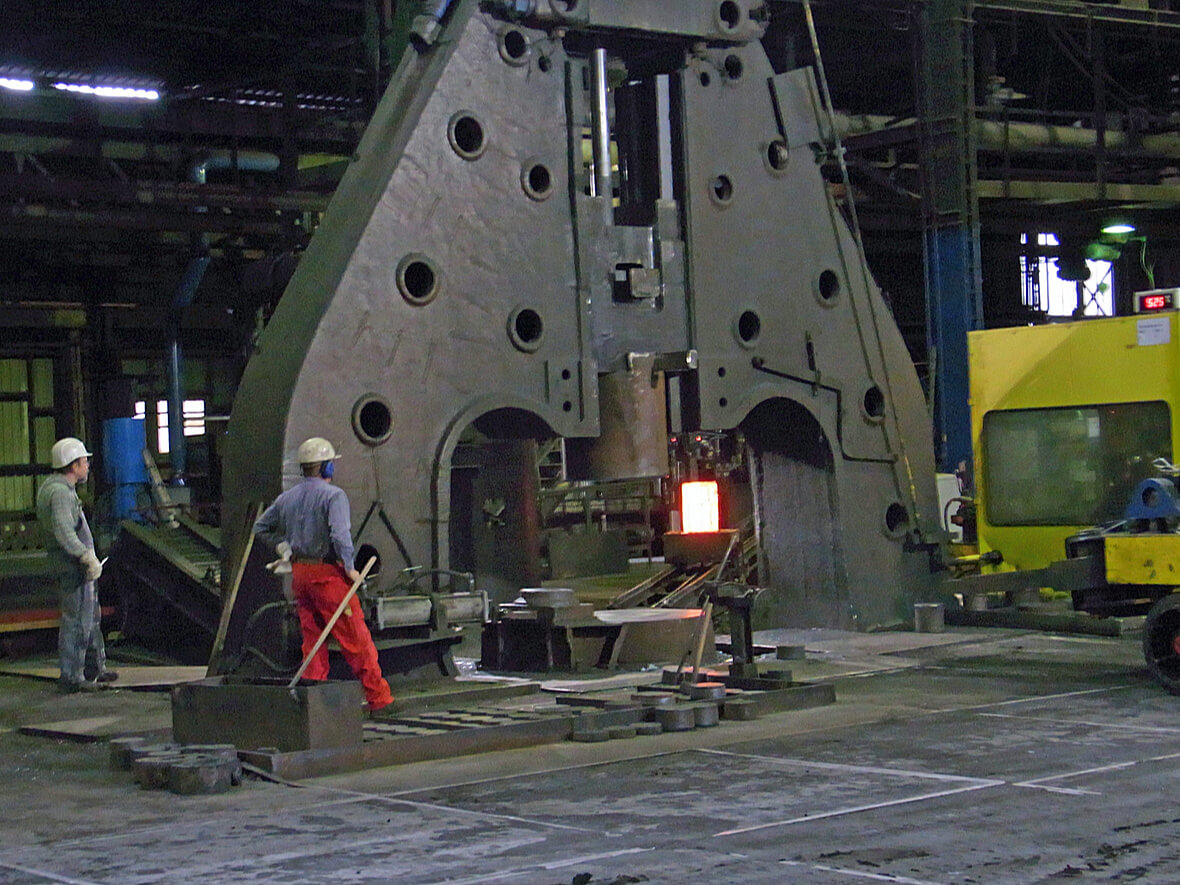
This massive hammer forging machine beats hot steel into shape. Image: Rainer Halama
Optimizing these properties is critical to producing quality gun parts that will last.
Frequently, manufacturing processes come down to balancing function and durability against cost.
Steel casting involves pouring molten steel into a mold and allowing it to harden as it cools.
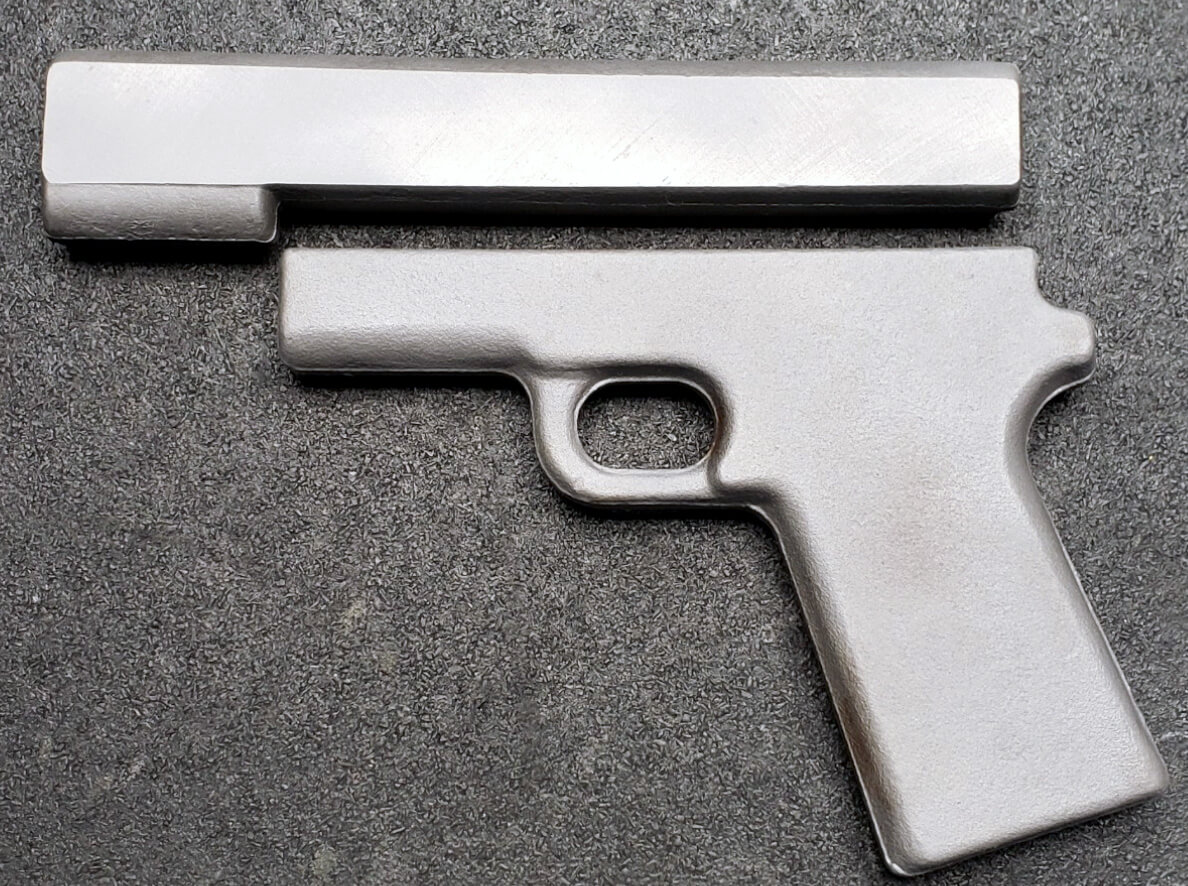
A Springfield Armory slide and frame forging is shown here, ready to be machined into its final shape.
Casting is amenable to the manufacture of complex shapes and particularly large parts.
However, cast parts end up with a random crystalline microstructure that makes them potentially weaker than forgings.
Filling the mold with molten steel vaporizes and displaces the filler.
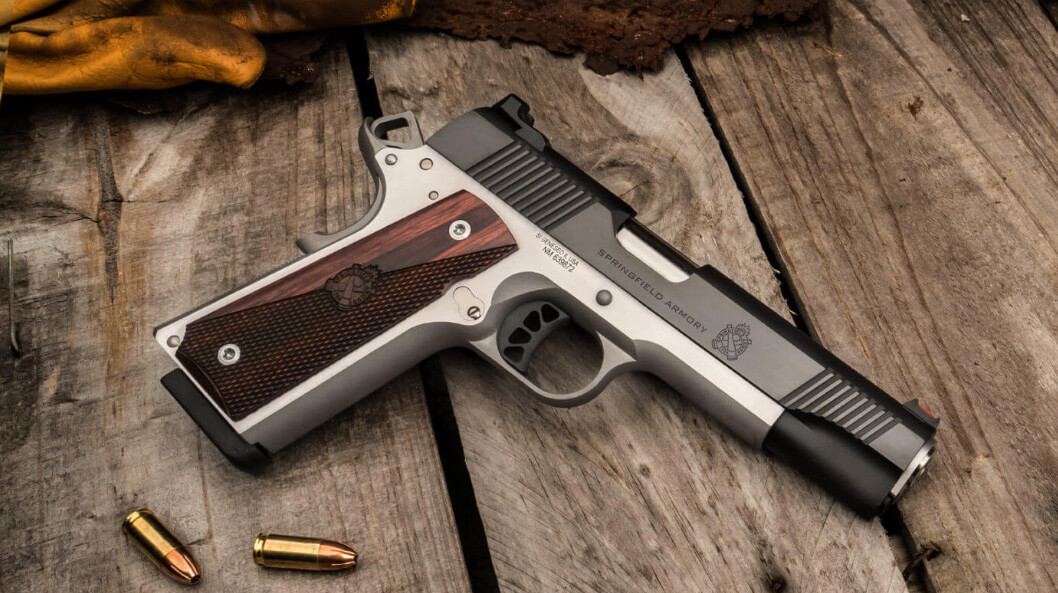
Springfield Armory 1911s, like this Ronin, feature forged slides and frames for strength and durability.
So long as care is exercised, cast parts can be produced in quantity and require minimal surface finishing.
However, forgings will have more potential strength.
Is the Forging Process a Better Option?
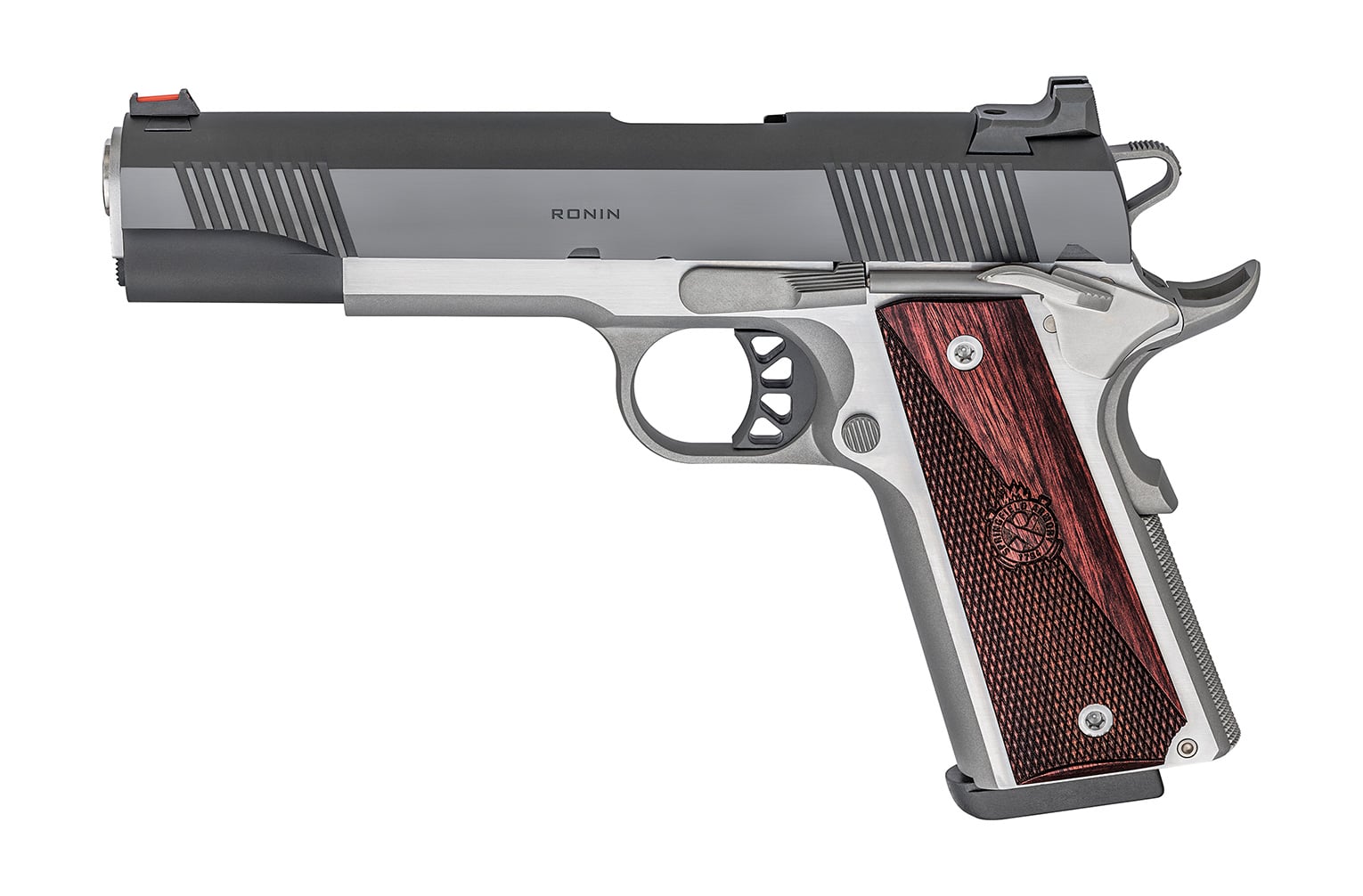
Despite its enhanced features and forged construction, the Ronin has an MSRP of only $917.
Advantages to forgings include retention of uniformity of composition and crystalline structure within the material.
The thermal cycle and organized deformation associated with the forging process result in grain refinement and controlled metallurgical recrystallization.
But the point is much more simple.
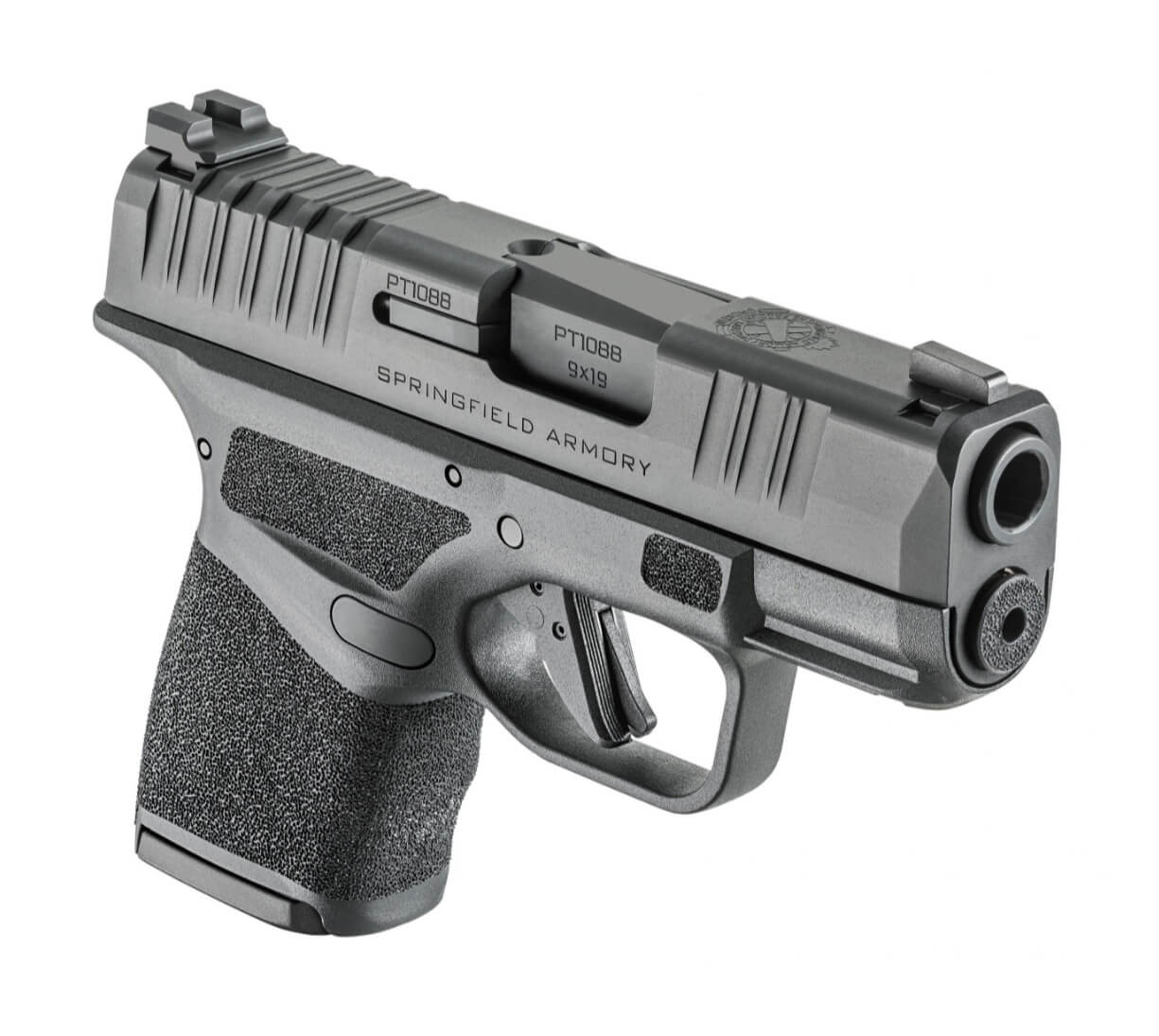
When selecting a defensive firearm, choose one that is manufactured from sturdy, forged parts like this Hellcat.
The result of forging is a piece of steel without internal irregularities or weak points.
That means your forged part will be stronger and more durable.
Forging or Casting: What Difference Does It Make?
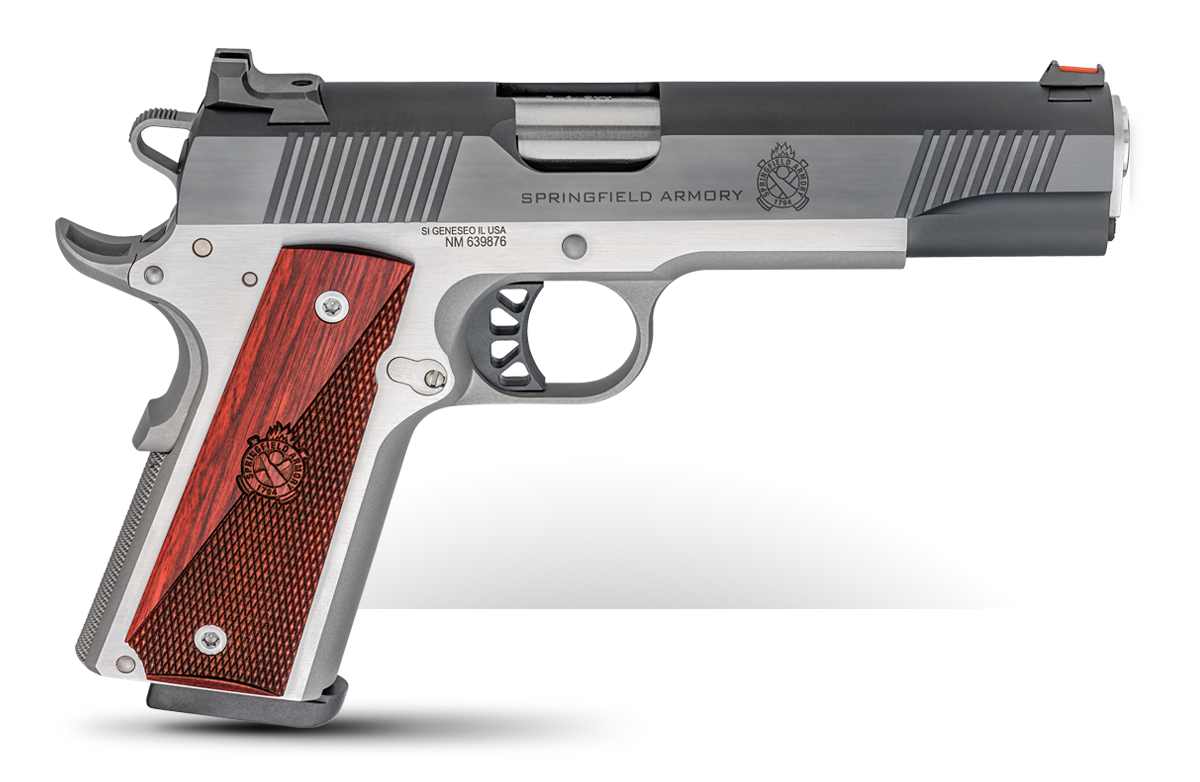
For more critical stuff, however, the differences become more significant.
Cast parts are frequently more affordable, but forgings will always be heartier.
As a result, Springfield Armory uses forged components exclusively for a majority of their firearms components.

Using the 1911 Ronin as an example, the slide is made from forged carbon steel.
The barrel and frame are machined from forged stainless.
The end result is a remarkably durable and long-lasting 1911 handgun.
Oh, and remember how I mentioned forged parts are generally more expensive than cast ones?
Remember that Ronin I was mentioning?
Like all Springfield 1911s, it has a forged frame and slide.
But, it also has an MSRP of just $917.
Youd be hard-pressed to find a gun with comparable features and even cast parts for that price.
So, you get more for less.
Pretty good deal, right?
[Be sure to read Paul Carlsons article on theSpringfield Ronin 10mm.]
What to Consider When Choosing Between Them?
In many cases, a cast part may be just fine.
This is particularly true when it comes to defensive firearms.
Choosing a defensive firearm can be one of the most important decisions a person will make.
Go to forum thread




